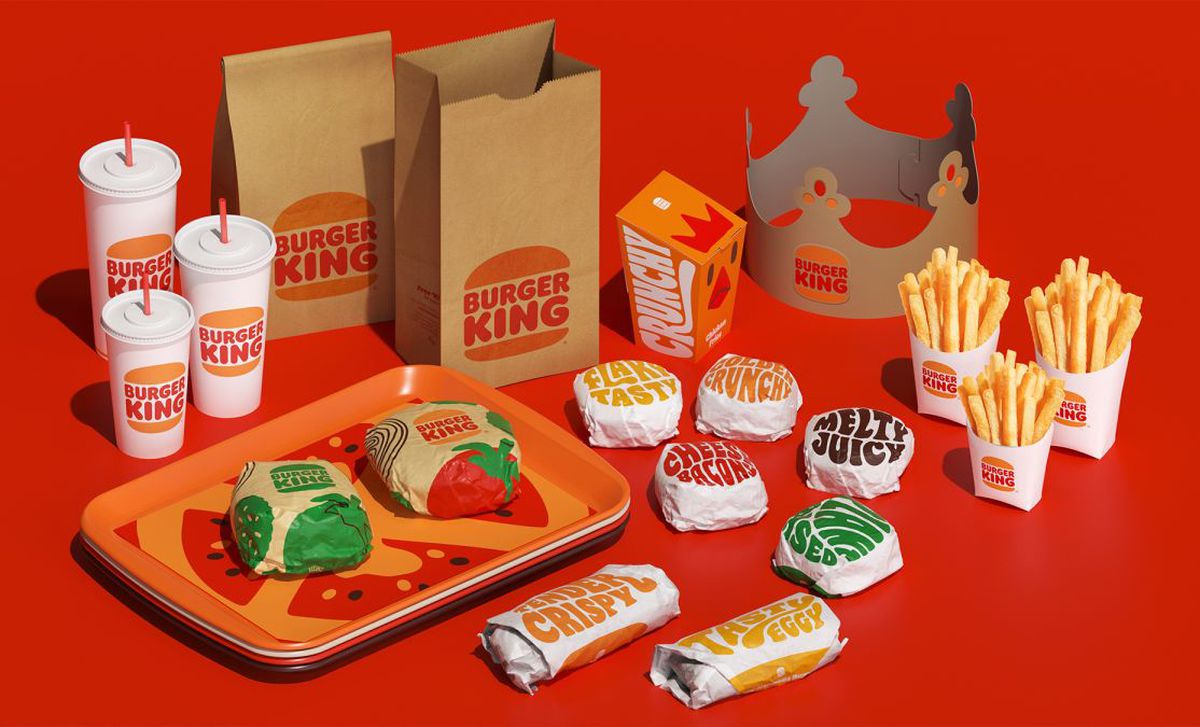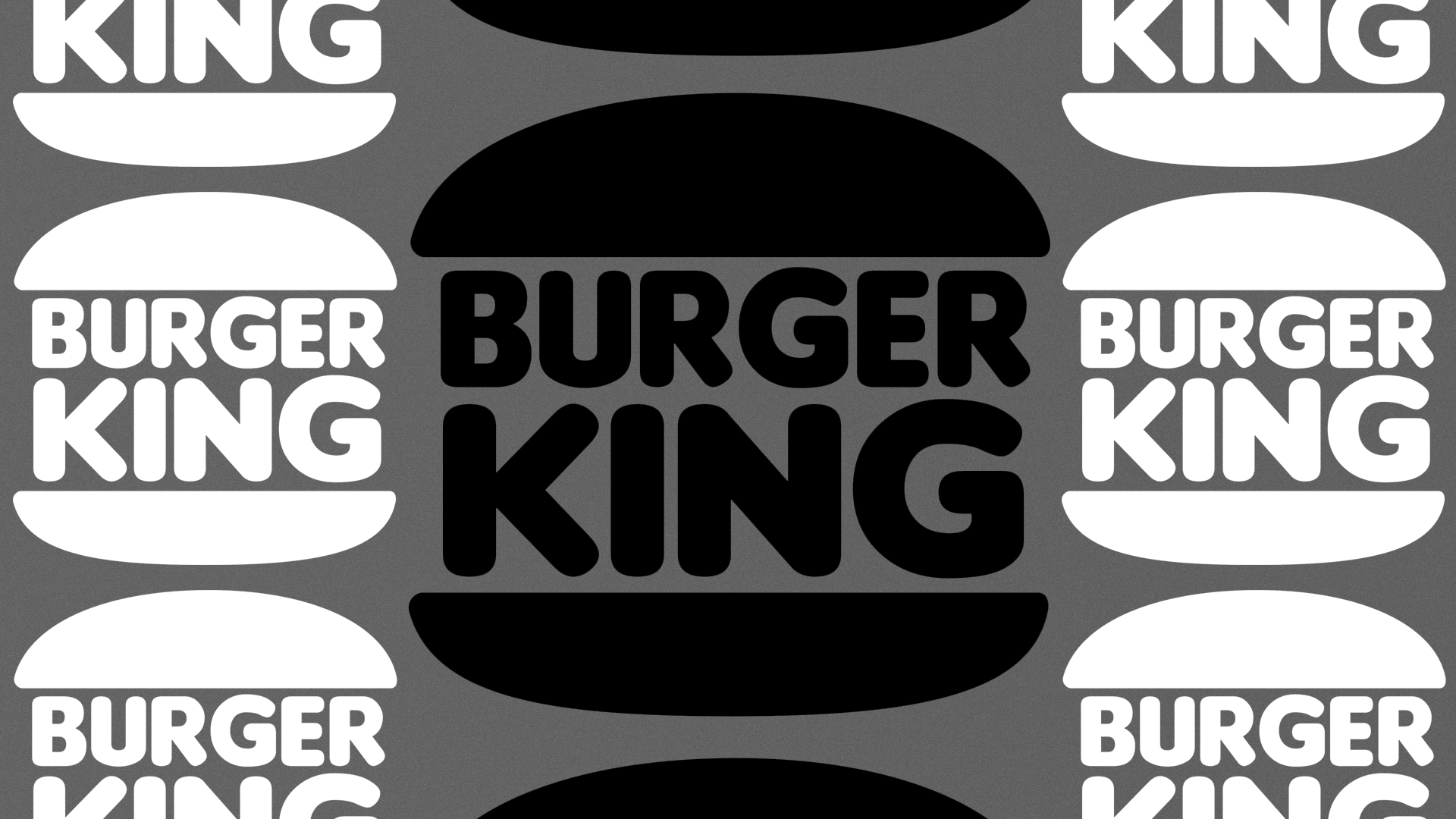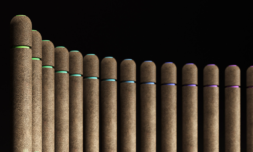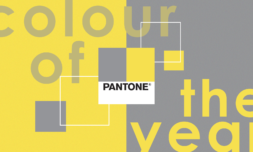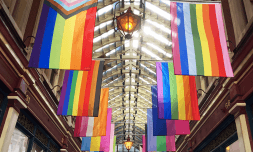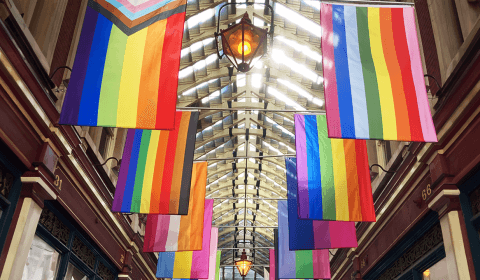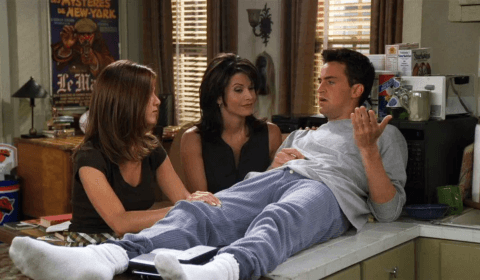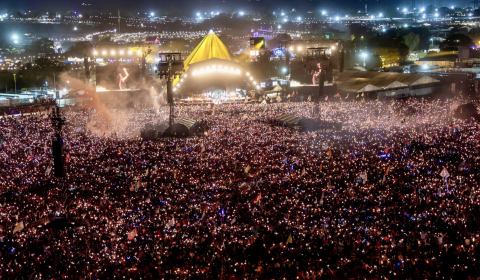What is flat design and why are companies using it?
Put simply, flat design almost exclusively uses two-dimensional shapes and tries to minimise noise wherever possible. Bright colours and easy to understand messaging are key to flat design, which can be seen everywhere from Dunkin’ Donuts to Windows 10.
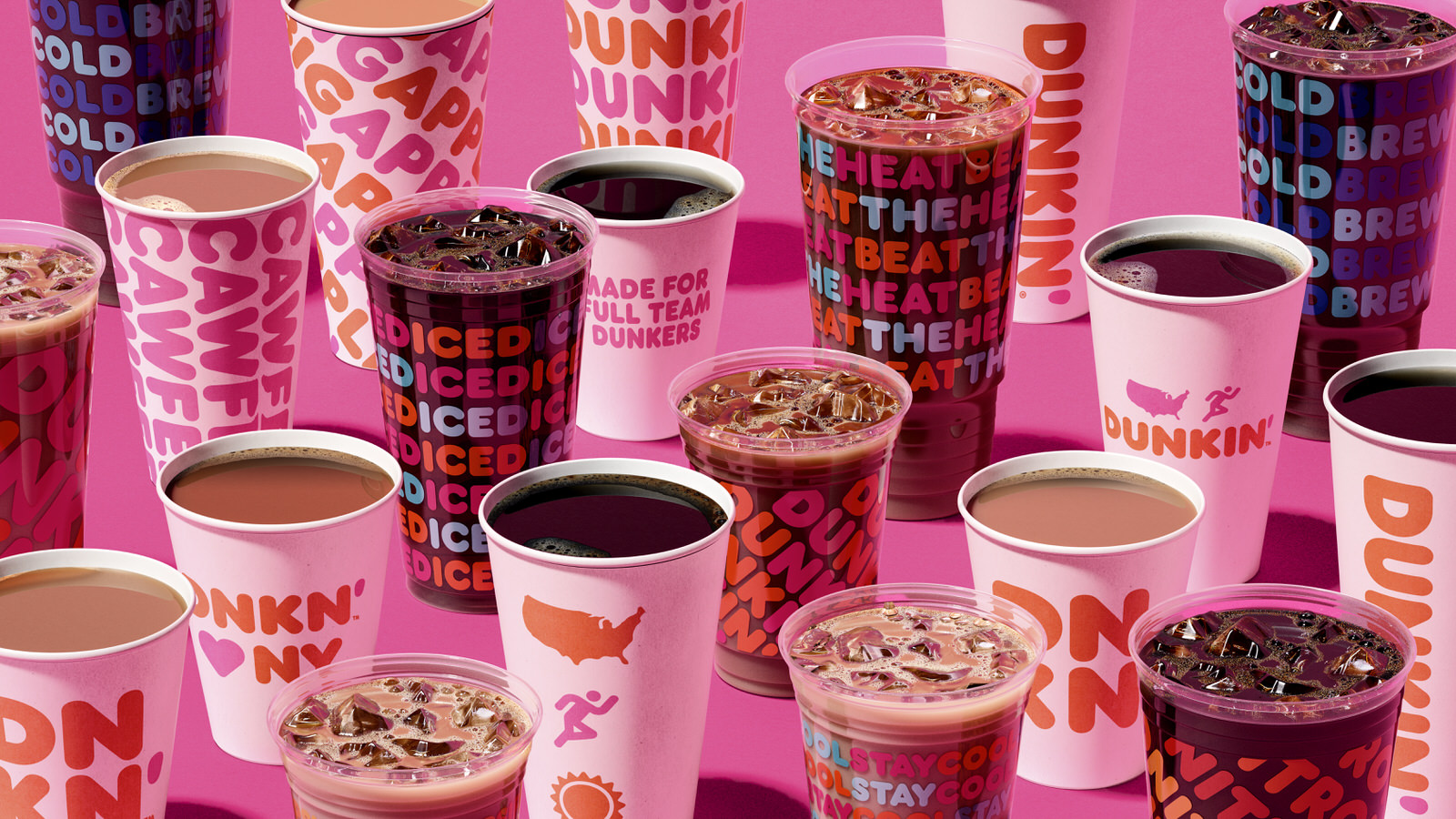
In a hyper-active and over-stimulated market, flat design is essential to grab the attention of viewers. Gen Z in particular have become accustomed to absorbing information constantly and branding strategies need to keep up with this intense flow of traffic if they want to stay ahead.
Reducing logos to their essential elements is also handy for smartphone optimisation and screens of all sizes, making a company more accessible in the digital age. The simpler the design, the easier it is to recognise – even when only a few pixels large on a tablet or iPhone.
Google’s switch up of its main logo utilised this benefit of flat design and now uses a simple ‘G’ that can be plastered pretty much anywhere. Facebook also dropped its square edges and went with a circular, more brightly coloured design a few years back and Instagram did away with its original polaroid logo that looks archaic today in comparison. Not that the internet didn’t complain like hell at the time, mind.
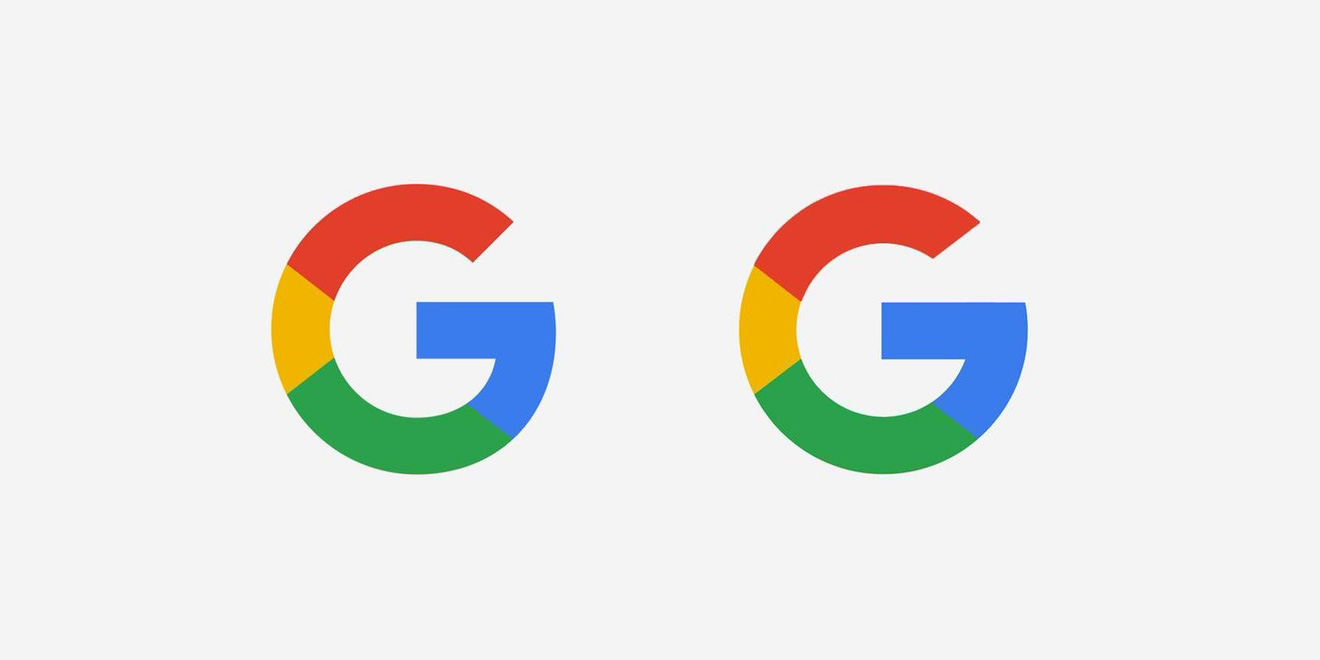
Today, in the constant internet access, lockdown pandemic hellscape that is 2021, advertisers must consider their digital reach and retention above all else.
Burger King’s rethink of its logo reflects an evolution in needs – no longer is it just trying to entice customers off the streets or via their televisions, but rather through online social media advertisements. Services like Uber Eats and on-the-go takeaways have also compounded this intensity further.
Burger King has invested significantly in its own mobile and online platforms too, which are already halfway through this rebrand transition. Its choice of typography and geometrically conscious layouts suggest the company is trying to make its online presence as smooth and translatable as possible.
How long is the trend likely to last?
Trying to calculate how long a trend like this will last is borderline impossible, though experts have noted flat design and its growing popularity since around 2013. It seems to have directly correlated with Apple’s iOS 7 interface rebrand, which oozed flat design in every corner of its UI.
You can bet that while social media apps and smartphones remain the top dogs of content consumption, flat design is likely to stay. We have thoroughly shifted away from the flashy, novelty graphic indulgences of the late nineties and noughties and simplicity reigns, at least for now.
Until Gen Z moves from being the biggest pool of long-term revenue for companies, don’t expect things to change dramatically anytime soon. We may have to wait until Apple decides to re-invent its interfaces all over again before things switch up significantly.
Flat design is here to stay.
